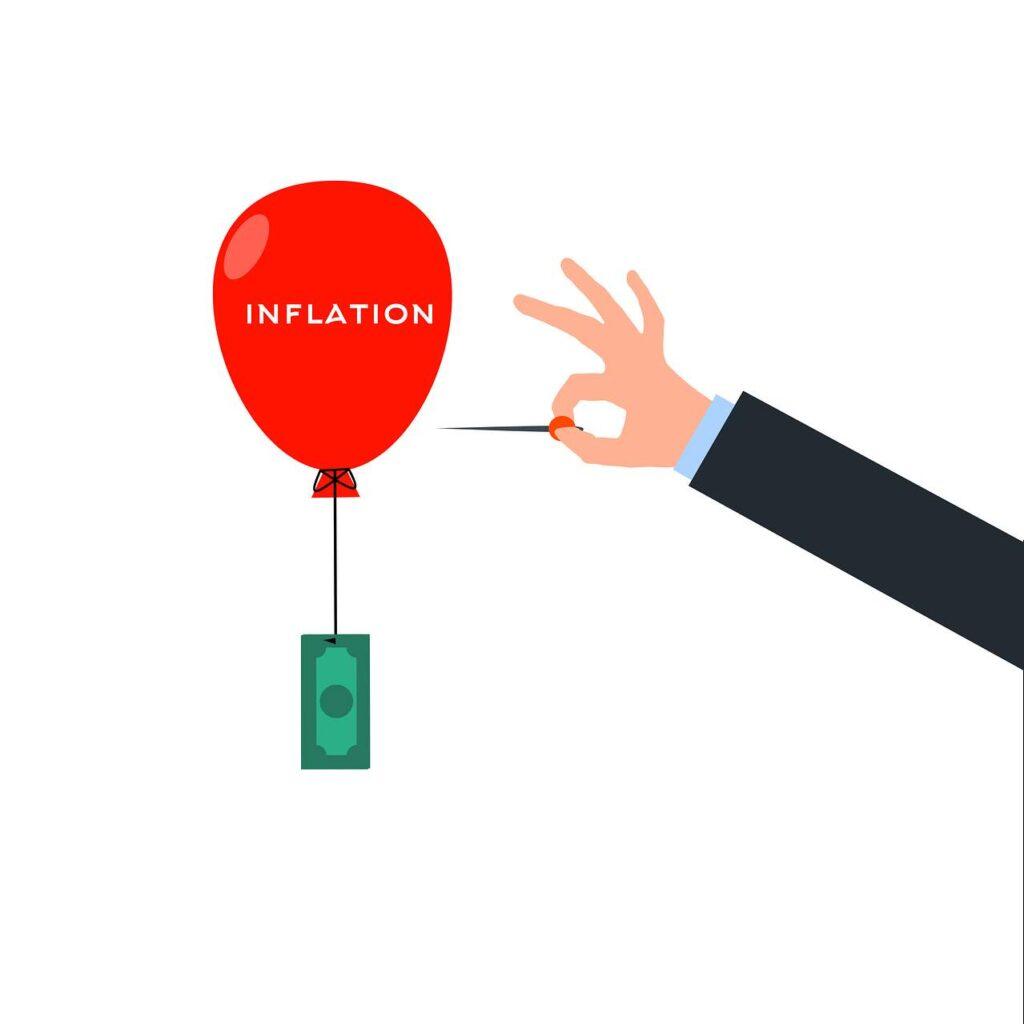10 Causes of Inflation in Pakistan: What You Need to Know
Causes of Inflation in Pakistan
If we talk about the causes of inflation in Pakistan, inflation has posed a significant economic challenge for Pakistan in recent years. The escalating costs of goods and services influence every segment of society, affecting individual lives, business stability, and the overall economy. But what specifically drives inflation, particularly in Pakistan? This article will delve into the key factors contributing to inflation in the country and their economic implications. The causes of inflation in Pakistan are mentioned below in detail: –
Table of Contents
What is inflation?

Before examining the causes of inflation in Pakistan, it’s essential to understand what inflation means. Simply put, inflation refers to the rate at which the overall prices for goods and services increase, diminishing the purchasing power of money. There are two primary forms of inflation:
• Demand-pull inflation arises when the demand for goods and services surpasses their supply, resulting in price increases.
• Cost-push inflation occurs when production costs rise, leading to increased prices.
inflation impacts nearly every facet of life, affecting everything from food prices to living costs and business expenses.
Causes of Inflation in Pakistan
Various critical factors drive inflation in Pakistan, each leaving a significant mark on the nation’s economy.
1. Monetary Expansion

A principal factor behind inflation in Pakistan is the growth of the money supply. When the central bank, known as the State Bank of Pakistan (SBP), increases the amount of money in circulation without a corresponding rise in goods and services, it drives up demand, which subsequently raises prices. Over time, an enhancement in the money supply can exert inflationary pressure, particularly when combined with stagnant economic growth. It is one of the biggest causes of inflation in Pakistan.
2. Demand-pull Inflation

As the population expands and consumer demand rises, there can be a notable increase in the need for goods and services. In Pakistan, demand-pull inflation has been intensified by swift urbanization, heightened consumer spending, and an expanding middle class. However, when the supply fails to keep pace with this increased demand, it leads to a rise in prices.
3. Cost-push Inflation

Cost-push inflation serves as another significant factor contributing to inflation in Pakistan. This occurs when production costs rise, consequently lifting the prices of finished products. Contributing factors in Pakistan include increasing energy prices, labor costs, and raw material expenses. As manufacturers encounter heightened input costs, they transfer these costs onto consumers, resulting in higher prices.
4. Supply Chain Disruptions
Recently, global supply chain interruptions have significantly influenced inflation in Pakistan. Events like the COVID-19 pandemic have led to disruptions in the supply of vital goods, such as food, medications, and raw materials. These shortages result in price increases, especially when the availability of products trails behind demand. Moreover, transportation delays and rising shipping costs have contributed to more expensive goods.
5. Rising Oil Prices

As a net oil importer, Pakistan is particularly susceptible to changes in global oil prices. An increase in oil prices translates to higher transportation and production expenses. These elevated costs are passed down to consumers as increased prices for goods and services. The worldwide rise in oil prices, combined with Pakistan’s dependence on imported oil, has played a pivotal role in fueling inflation. So this phenomenon is a reason for inflation in Pakistan.
6. Fiscal Deficits

If we talk more about the causes of inflation in Pakistan, then another reason is that Pakistan has a longstanding pattern of running fiscal deficits, where government expenditures surpass its income. To cover these deficits, the government frequently resorts to borrowing funds, either domestically or from international sources. This borrowing enhances the money supply and can exacerbate inflation. Additionally, when the government resorts to printing more money to fulfill its financial commitments, it may result in currency devaluation., further exacerbating inflation.
7. Exchange Rate Depreciation

The decline in the value of the Pakistani rupee has been a key factor contributing to inflation. As the rupee depreciates against foreign currencies, the costs associated with importing goods rise. This leads to increased prices for imported items, further fueling overall inflation. The ongoing depreciation of the rupee, especially in recent years, has resulted in imported inflation, making daily necessities more costly.
8. Government Policies and Regulations
Government interventions are also one of the different causes of inflation in Pakistan; such as price controls and subsidies, they can produce both advantageous and disadvantageous effects on inflation. While subsidies for essential items may temporarily lower prices, they can also create market inefficiencies that discourage producers from supplying goods. Conversely, eliminating subsidies or enforcing price controls might result in price increases, which can exacerbate inflation.
9. Political Instability

The political unrest in Pakistan has also played a role in driving inflation and is one of the different causes of inflation in Pakistan. Doubts regarding governmental policies, leadership transitions, and civil disturbances can disrupt economic activities. When investors doubt the political stability of the country, they may withdraw their investments or hesitate to make long-term commitments, resulting in economic stagnation and rising inflation.
10. Agricultural Sector Challenges

Pakistan’s agriculture faces numerous challenges, such as water shortages, inadequate infrastructure, and the impacts of climate change. These issues lead to lower agricultural production, causing food shortages and price surges. Given that Pakistan heavily depends on agriculture for food and raw materials, disturbances in this sector contribute to inflation.
Impact of Inflation on the Pakistani Economy

We have discussed many causes of inflation in Pakistan, as well as its severe impacts on the economy of the country. The repercussions of inflation on the Pakistani economy are extensive. Increased costs of goods and services diminish purchasing power, making it difficult for consumers to meet basic needs. Inflation disproportionately impacts low-income individuals, as they allocate a greater share of their income to food and energy. Additionally, businesses encounter elevated operational costs, which may result in reduced profits, job losses, and slower economic growth.
Possible Solutions to Curb Inflation
To combat the causes of inflation in Pakistan, Pakistan requires a mix of short-term and long-term strategies. These measures include:
• Adjustments in monetary policy by the State Bank of Pakistan to manage the money supply.
• Diminishing fiscal deficits by enhancing tax collection and curbing unnecessary government expenditures.
• Promoting domestic production to lessen dependency on imports.
• Boosting agricultural output through improved irrigation techniques and adaptation to climate change.
Conclusion
Inflation in Pakistan stems from a complicated array of factors, including excessive monetary growth, increasing oil prices, supply chain disruptions, and fiscal policies of the government. While some of these factors are beyond the nation’s influence, such as global oil price increases, there are actions that can be taken to alleviate inflationary pressures in the long term. Tackling the root causes of inflation in Pakistan will necessitate collaborative efforts from the government and businesses.







